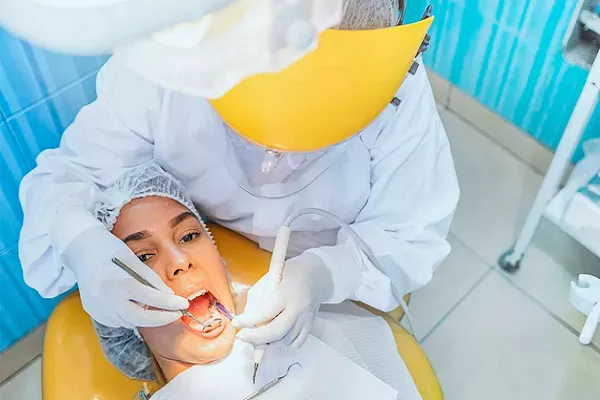Periodontal disease, commonly known as gum disease, is a prevalent oral health condition that can lead to serious complications if left untreated. While the cost of treating periodontal disease may vary depending on factors such as the severity of the condition and the treatment approach, understanding the financial considerations associated with gum disease treatment is essential. In this article, we explore the various treatment options for periodontal disease, discuss factors that influence the cost, and offer insights into managing the expenses while prioritizing your oral health.
Treatment Options and Their Costs
Professional Dental Cleaning:
The initial step in treating periodontal disease is a professional dental cleaning, which may include scaling and root planing. The cost can vary, but it is generally less expensive than more advanced treatments.
Antibiotics and Medications:
Prescription antibiotics or antimicrobial mouthwash may be recommended to control bacterial infection. The cost of these medications can vary based on the type and dosage.
Surgical Procedures:
Advanced cases of periodontal disease may require surgical interventions, such as pocket reduction surgery, bone grafting, or soft tissue grafting. The costs of surgical procedures can vary significantly based on the complexity of the treatment.
Factors Influencing the Cost
Severity of Periodontal Disease:
The extent of the disease and the level of intervention required play a significant role in determining the cost. Advanced stages of periodontal disease may involve more complex and expensive treatments.
Treatment Approach:
The chosen treatment approach, whether nonsurgical or surgical, will impact the overall cost. Surgical procedures generally involve higher costs due to the equipment, expertise, and time required.
Dental Professional’s Expertise:
The experience and skill level of the dental professional performing the treatment can influence the cost. Highly specialized periodontists may charge higher fees for their expertise.
Geographic Location:
The cost of dental care varies by region. Dental services in urban areas or areas with a higher cost of living may be more expensive than in rural locations.
Additional Procedures:
Depending on individual needs, additional procedures such as bone grafting, crown placement, or dental implants may be necessary, contributing to the overall cost.
Managing the Cost of Periodontal Disease Treatment
Dental Insurance:
Many dental insurance plans cover a portion of the cost of periodontal disease treatment. It’s important to check with your insurance provider to understand what is covered and any limitations.
Flexible Spending Accounts (FSAs) and Health Savings Accounts (HSAs):
If you have an FSA or HSA, you can use pre-tax dollars to cover dental expenses, including periodontal disease treatment.
Payment Plans:
Some dental practices offer payment plans or financing options to help patients manage the cost of treatment over time.
Prioritize Preventive Care:
Regular dental check-ups and cleanings can help prevent the progression of gum disease. Investing in preventive care can save you from more expensive treatments down the line.
Seek Multiple Opinions:
Before undergoing treatment, consider seeking opinions from different dental professionals to compare treatment plans and costs.
Discuss Cost with Your Dentist:
Openly discussing the cost of treatment with your dentist can help you understand the breakdown of expenses and explore potential cost-saving options.
Conclusion
The cost of treating periodontal disease can vary based on factors such as the severity of the condition, the chosen treatment approach, and geographic location. While advanced treatments may involve higher costs, it’s important to prioritize your oral health to prevent further complications. Exploring dental insurance coverage, using FSAs or HSAs, and discussing payment plans with your dentist are strategies to help manage the expenses associated with periodontal disease treatment. Remember that investing in your oral health today can lead to better overall well-being and potentially save you from more extensive and expensive treatments in the future.
Related Topics:






























